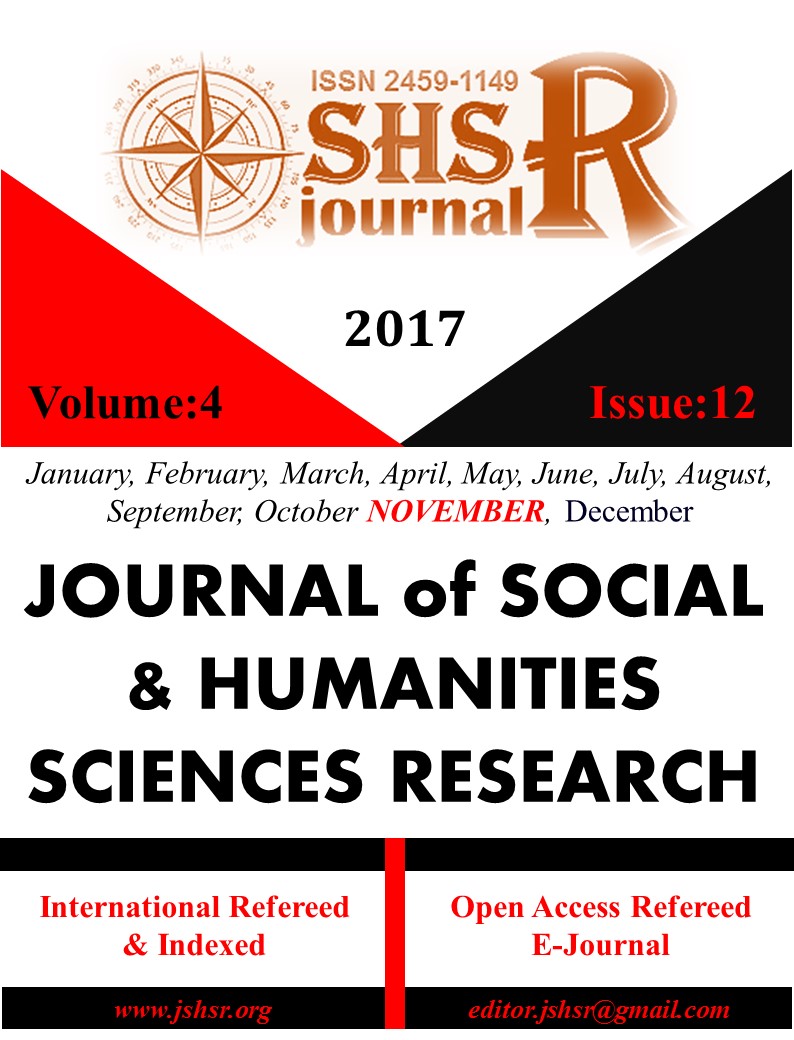TECHNOLOGY SPILLOVER THROUGH FOREIGN DIRECT INVESTMENT IN DEVELOPING COUNTRIES: EVIDENCE FROM PATENT APPLICATIONS
DOI:
https://doi.org/10.26450/jshsr.118Keywords:
Foreign Direct Investment, Technology Spillover, Absorptive Capacity, PatentAbstract
The role of foreign direct investment (FDI) in sustainable development has been widely debated for years since FDI is considered as a vehicle producing positive externalities such as easing technology transfer, increasing employment and productivity in local firms, and helping physical and human capital accumulation. Yet, studies analyzing FDI spillovers provide different results that rely on the characteristics of the studies, samples or estimation methodologies. In this study, technology spillover through FDI is examined in developing countries by utilizing annual data covering the period 1996-2016. Among panel data techniques fixed effects model is used in the study because country specific effects exist and it is favored to include these effects in model. Domestic patent applications are used as proxy of FDI spillover in host countries. Also, abilities of host countries such as human capital, trade openness and financial development, also known as absorptive capacities, are analyzed to see the simultaneous effect of FDI and these abilities. Empirical findings suggest that FDI has positive externalities in terms of technology diffusion in developing countries. When accounting for absorptive capacities, however, simultaneous effect of FDI - human capital and FDI - financial development is found negative. These circumstances refer to a threshold level that countries need to exceed to benefit from FDI spillovers positively.
Downloads
Published
How to Cite
Issue
Section
License
Copyright (c) 2017 INTERNATIONAL JOURNAL OF SOCIAL HUMANITIES SCIENCES RESEARCH

This work is licensed under a Creative Commons Attribution 4.0 International License.


